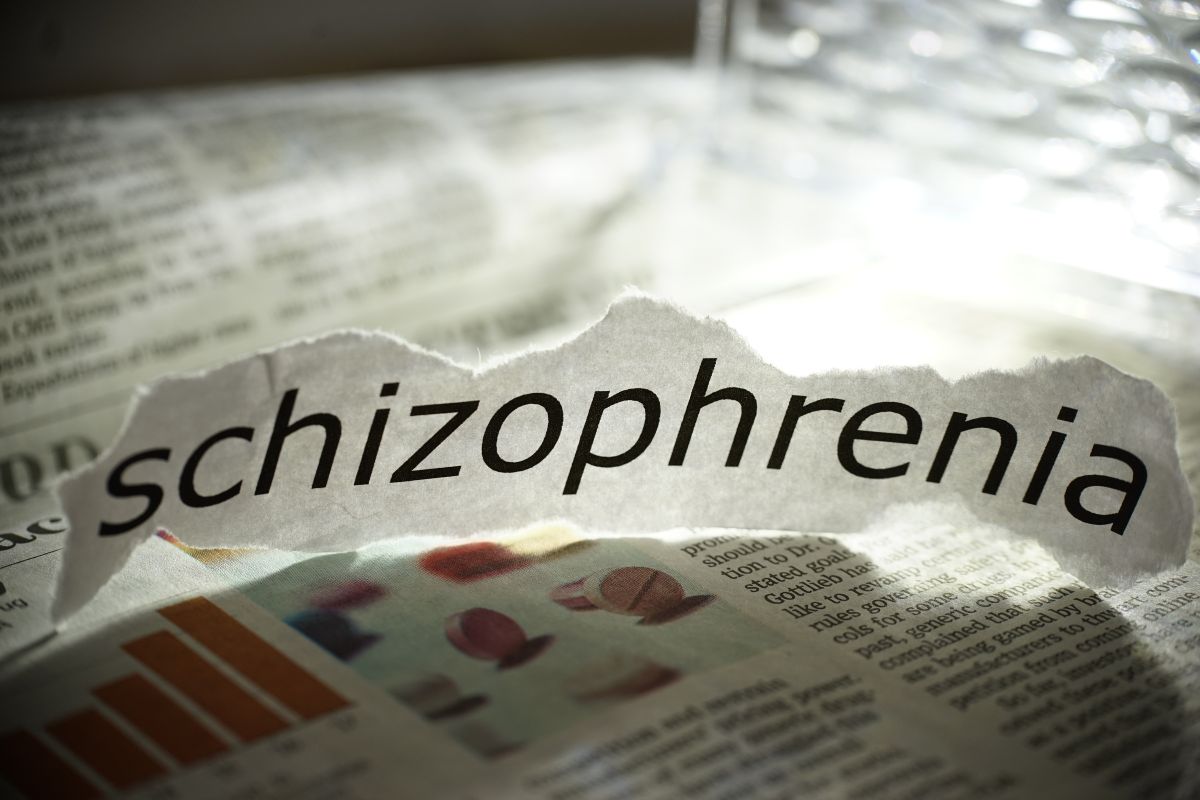Understanding Schizophrenia ICD 10
Schizophrenia ICD 10 refers to the classification of schizophrenia under the International Classification of Diseases, 10th Edition, which is a globally recognized diagnostic tool created by the World Health Organization (WHO). Schizophrenia is a chronic mental health disorder that affects how a person thinks, feels, and behaves. It is characterized by symptoms such as hallucinations, delusions, disorganized thinking, and impaired daily functioning.
The ICD 10 system helps medical professionals diagnose and categorize schizophrenia and its various forms, ensuring a consistent understanding of the disorder worldwide. In this blog, we’ll explore five key insights about schizophrenia ICD 10 and how it impacts diagnosis and treatment.

1. What is Schizophrenia in ICD-10?
In the schizophrenia ICD 10 classification, the disorder falls under the code F20, which is part of a broader category of “Schizophrenia, schizotypal, and delusional disorders” (F20–F29). Schizophrenia is defined by a profound disruption in thought processes, perceptions, emotional responsiveness, and a detachment from reality.
This classification ensures that medical professionals across the globe can diagnose schizophrenia ICD 10 consistently. The classification system covers various forms of the disorder, such as paranoid schizophrenia, disorganized schizophrenia, and undifferentiated schizophrenia, providing a detailed framework for diagnosis.
For those seeking Best Treatment, consider visiting:
2. Symptoms of Schizophrenia According to ICD-10
ICD-10 emphasizes certain symptoms that are essential for diagnosing schizophrenia. Some of the core symptoms include:
- Hallucinations: The perception of things that are not present, often auditory.
- Delusions: Strong beliefs that are not based in reality, such as believing that someone is spying on you.
- Disorganized speech and behavior: People with schizophrenia may have difficulty organizing their thoughts, leading to incoherent speech.
- Catatonia: A marked decrease in movement, where an individual may appear in a fixed position for extended periods.
These symptoms must be present for a significant amount of time (usually six months) for a diagnosis according to the ICD-10 guidelines.
3. Types of Schizophrenia According to ICD-10
Schizophrenia is not a one-size-fits-all condition. The ICD-10 identifies several subtypes of schizophrenia, each with its unique set of characteristics. The most common types include:
- Paranoid Schizophrenia (F20.0): This type is dominated by delusions and auditory hallucinations, often revolving around persecution or grandiosity.
- Hebephrenic (Disorganized) Schizophrenia (F20.1): Disorganized behavior and speech, along with flat or inappropriate emotional responses, are the primary features of this subtype.
- Catatonic Schizophrenia (F20.2): As the name suggests, this type involves severe disturbances in motor activity, including immobility or excessive movement.
Each of these types offers specific diagnostic criteria to ensure accurate identification and treatment.
4. Impact of Schizophrenia on Daily Life
Schizophrenia significantly impacts daily life, making it challenging for individuals to engage in typical social, professional, and personal activities. According to ICD-10, individuals with schizophrenia often have impaired cognitive abilities, leading to difficulties with memory, attention, and problem-solving. This disorder can also lead to social withdrawal, reduced motivation, and a lack of interest in activities that were once enjoyable.
Many individuals with schizophrenia require long-term care, including therapy and support, to manage symptoms and improve their quality of life. Early diagnosis and intervention are crucial in mitigating some of the long-term effects. For better Understanding visit National Institute of Mental Health: Schizophrenia
5. The Role of ICD-10 in Schizophrenia Treatment and Research
ICD-10 serves as a universal diagnostic tool, ensuring that health professionals across different regions have a standardized method for diagnosing and treating schizophrenia. This classification is vital in both research and treatment planning. It enables healthcare providers to:
- Develop tailored treatment plans based on the specific subtype of schizophrenia.
- Conduct large-scale research studies to identify patterns and treatment outcomes.
- Collaborate globally, using a common diagnostic language, for research and best practices.
In many cases, ICD-10 also helps governments and institutions track mental health statistics and allocate resources for public health initiatives. For More Information visit World Health Organization: ICD-10 Classification of Mental and Behavioural Disorders
Conclusion
Understanding schizophrenia through the lens of ICD-10 is essential for accurate diagnosis, treatment, and management. The classification system ensures consistency in recognizing symptoms, identifying subtypes, and understanding the impact on daily life. If you or someone you know is experiencing symptoms of schizophrenia, seeking professional help early on can lead to better outcomes. With ongoing support and appropriate interventions, individuals with schizophrenia can lead fulfilling lives.
You may also be interested in:

